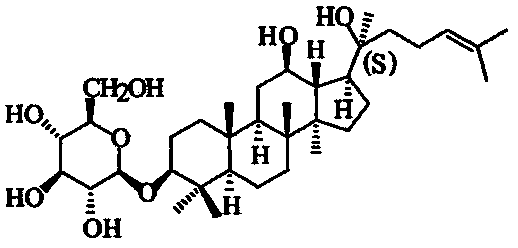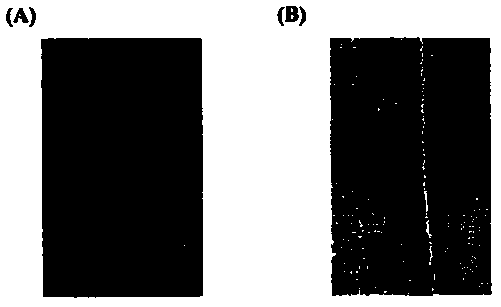Building of in-vitro three-dimensional cell model of breast cancer and application of in-vitro three-dimensional cell model in research of drug resistance mechanism and reversal agents screening
A cell model, human breast cancer technology, applied in tumor/cancer cells, animal cells, vertebrate cells, etc., can solve problems such as drug screening and prediction failure
- Summary
- Abstract
- Description
- Claims
- Application Information
AI Technical Summary
Problems solved by technology
Method used
Image
Examples
Embodiment 1
[0011] Example 1: Construction of three-dimensional multilayer cell transport model of breast cancer MCF-7
[0012] Experimental Materials:
[0013] Human breast cancer cells MCF-7 cells were provided by Tianjin Institute of Hematology, at 37°C, 5% CO 2 Under normal conditions, the culture medium is RPMI1640 (Gibeo) containing 10% calf serum (PAA). Fetal bovine serum (Fetal bovine serum) was purchased from Hyclone (Logan, Utah, USA); trypsin (Trypsin) was purchased from Amersco (Solon, Ohio, USA); penicillin and streptomycin were purchased from Nanjing Shengxing Bioengineering Company (Jiangsu ); Matrigel was purchased from BD Biosciences (USA), Millicell cell culture chamber was purchased from Millipore (Merck Millipore, USA). Doxorubicin hydrochloride powder (purity > 99%) was purchased from Nanjing Shenglin Chemical Industry (Jiangsu); LY335979 was purchased from Selleck Chemicals (USA); Ginsenoside 20(S)-Rh2 (purity>98%) was purchased from the Department of Organic Chem...
Embodiment 2
[0016] Example 2: Construction of breast cancer MCF-7 monolayer cell transport model
[0017] Experimental material: same as embodiment one
[0018] experimental method:
[0019] MCF-7 cells were digested and counted, and the cells were resuspended with 10% serum-containing RPMI1640 medium. with 2*10 5 The density of cells / well and the volume of 400ul were inoculated in the chamber of 24-well Millicell cell culture chamber. Add 600 ul of 10% serum-containing RPMI1640 medium to the outer chamber to continue culturing until the cells form a dense monolayer, and change the medium every other day.
Embodiment 3
[0020] Example 3: Transport Kinetics and Uptake Experiments
[0021] Experimental material: same as embodiment one
[0022] experimental method:
[0023] 1. MCF-7 multilayer cell transport model and single layer cell transport model construction methods are the same as the experimental methods in Example 1 and Example 2
[0024] 2. Rotational dynamics experiment
[0025] After the MCF-7 multilayer cells and monolayer cells assisted in the Millicell cell culture chamber were cultured and matured, the cell culture chamber was washed twice with PBS. Add 400ul and 600ul Hank's Balanced Salt Solution (HBSS) to the upper and lower chambers, respectively, to equilibrate at 37°C for 10min. Divided into three groups for pre-administration: 0.1% DMSO group; LY335979 (1 μM) group and 20(S)-Rh2 (10 μM), incubated at 37° C. for 1 hour. After the pre-administration solution in the upper chamber was removed, the upper chamber was divided into three groups for administration: ADR (10 μM)...
PUM
| Property | Measurement | Unit |
|---|---|---|
| thickness | aaaaa | aaaaa |
Abstract
Description
Claims
Application Information
 Login to View More
Login to View More - Generate Ideas
- Intellectual Property
- Life Sciences
- Materials
- Tech Scout
- Unparalleled Data Quality
- Higher Quality Content
- 60% Fewer Hallucinations
Browse by: Latest US Patents, China's latest patents, Technical Efficacy Thesaurus, Application Domain, Technology Topic, Popular Technical Reports.
© 2025 PatSnap. All rights reserved.Legal|Privacy policy|Modern Slavery Act Transparency Statement|Sitemap|About US| Contact US: help@patsnap.com



